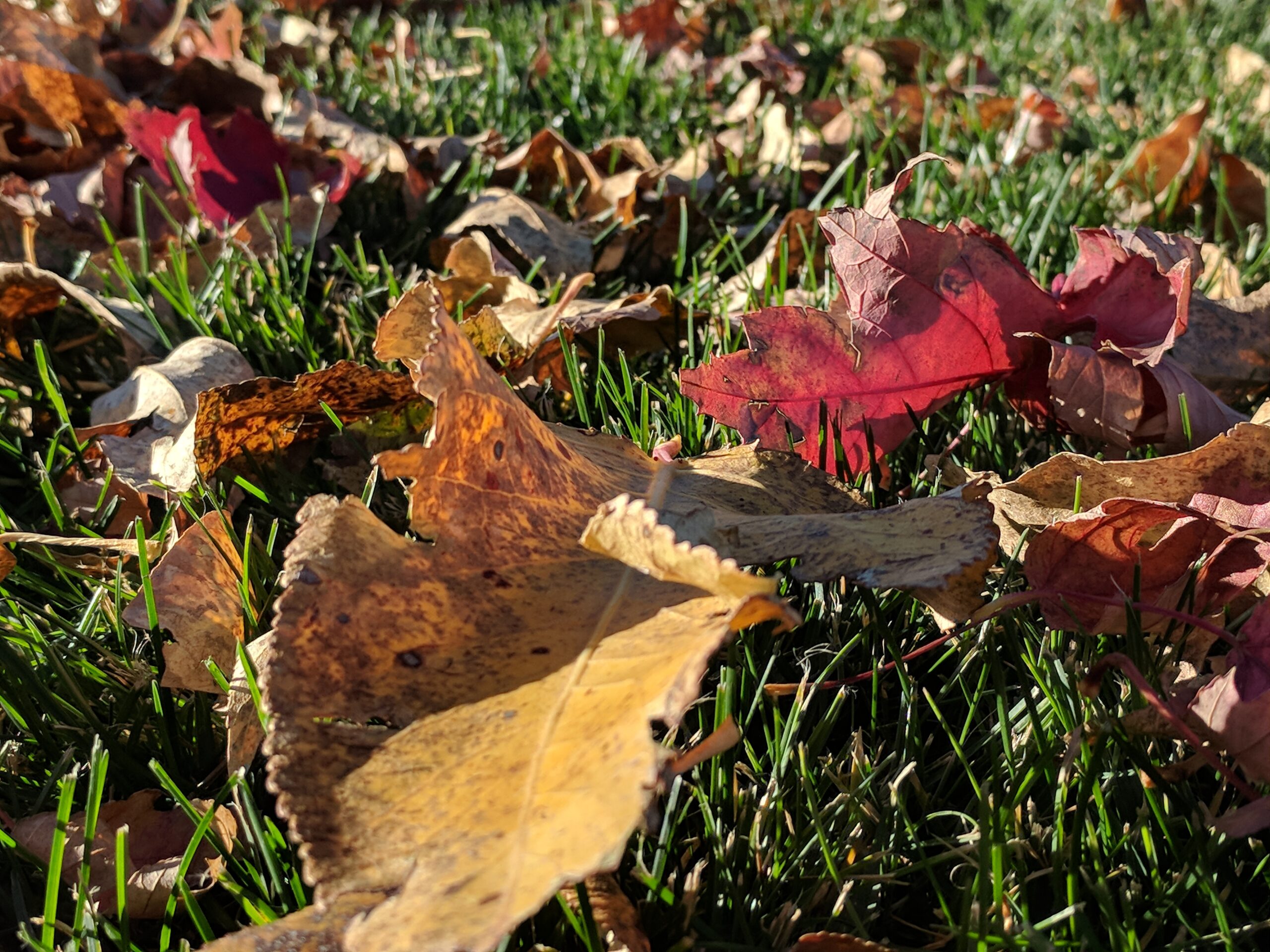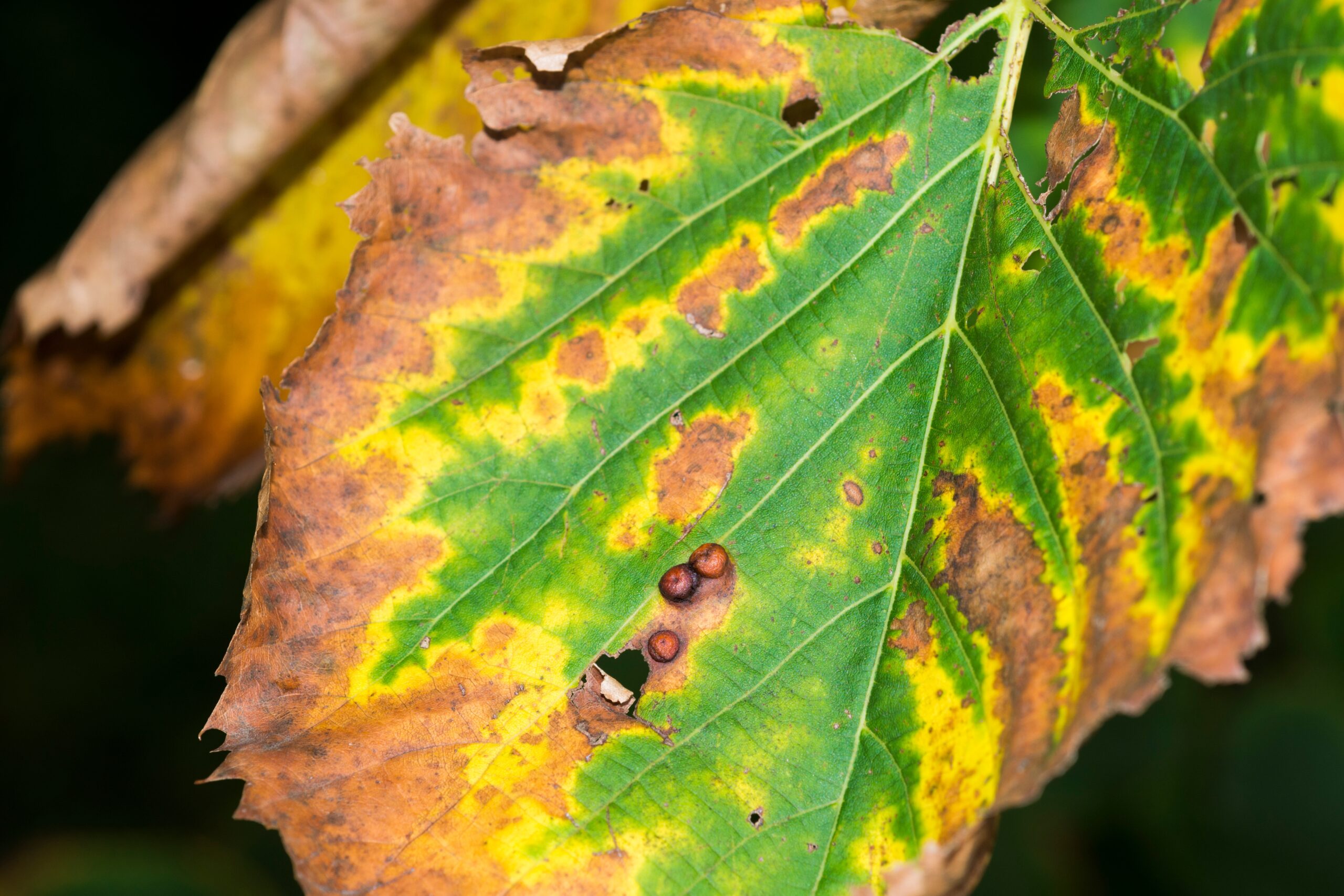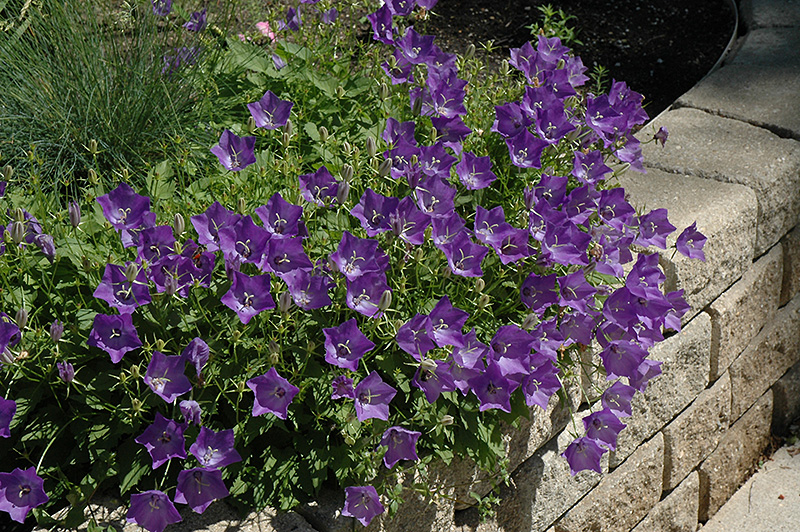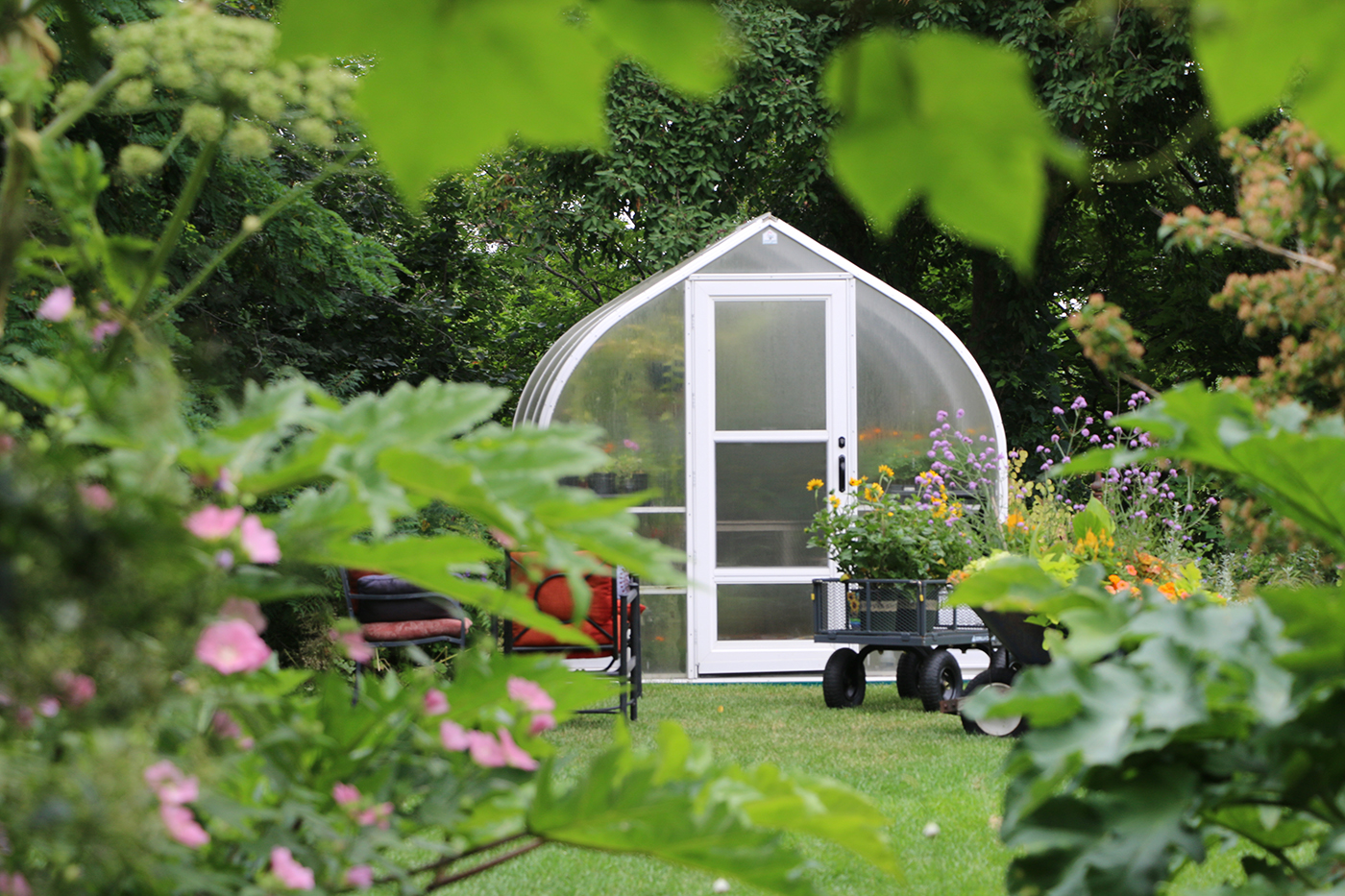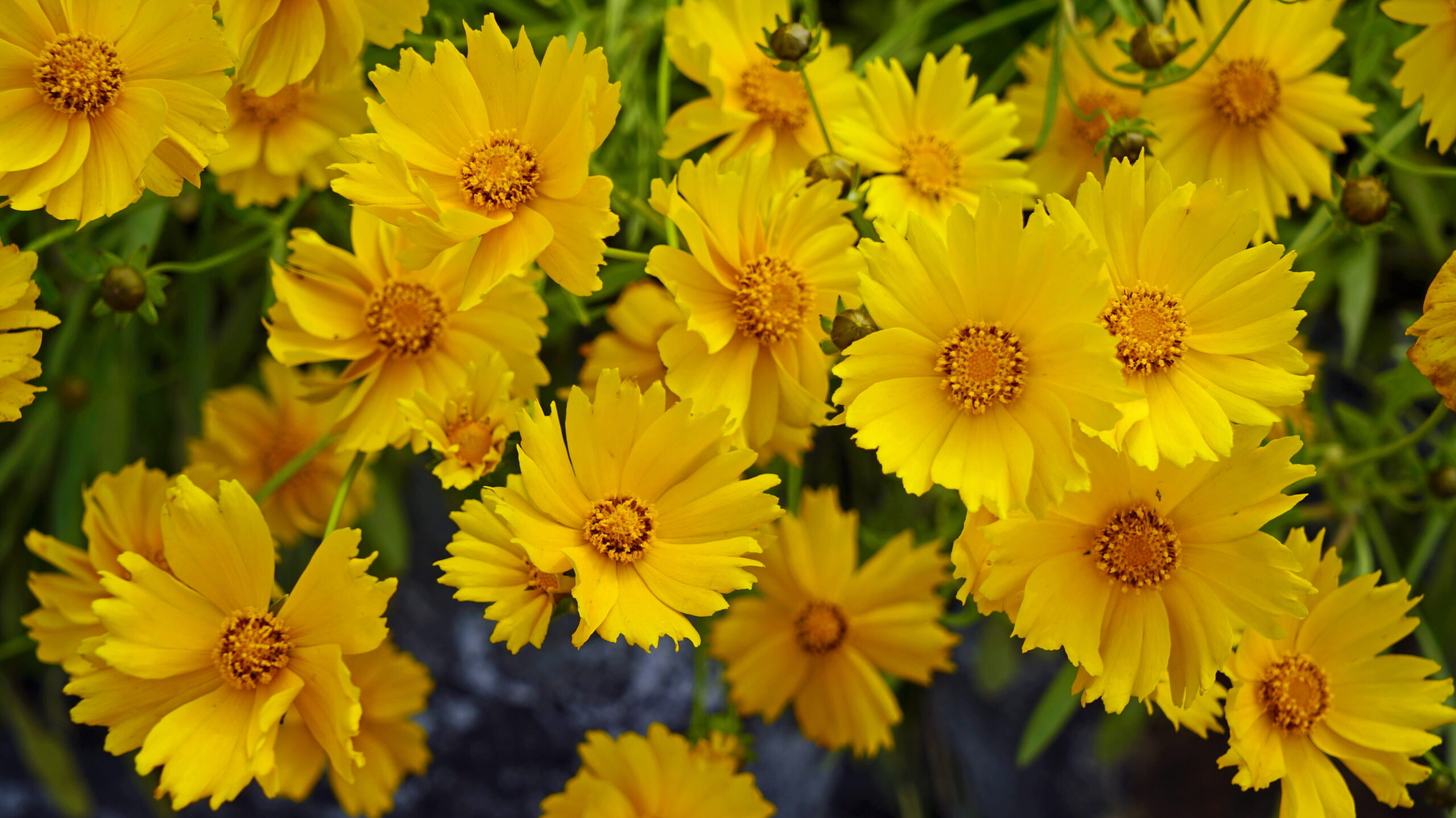The heart of the gardening season is over, but there are still plenty of chores to tackle in our yards now, and many others that should wait. I asked some of the Tagawas gardening pros for their advice.
Let’s start with our lawns
If you’ve ever felt the need to “scalp” your lawn for winter, please, just sit down ’til that feeling goes away! Turf grasses should be left about two-and-a-half to three inches tall going into the cold months ahead. Cutting them much shorter risks damaging the “crowns” or growing points of the individual grass plants, making them more susceptible to winter sun damage and drought.
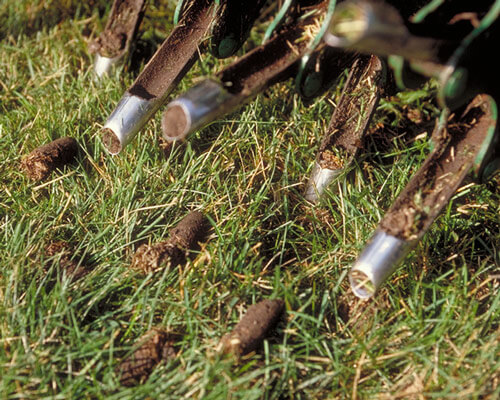
Since I garden in good ol’ Colorado clay soil, I always core aerate my lawn in spring and fall. I make sure the grass has been well-watered the day before so the aerator can pull out deep, clean plugs. Aerating once a season may be enough, but I think aerating twice a year helps water get down to the roots that much easier, including when I winter water.
Ron, one of Tagawas Garden Advisors, says now is a great time to give your lawn its last fertilization of the year. Core aerating and then fertilizing sets your turf up for an excellent start when spring returns.
What else should we be fertilizing besides our lawns? “Not much,” according to Richard, Tagawas Perennials and Rose Supervisor. He says roses, especially, shouldn’t be fertilized after fall.
Question: When should I stop watering?
Let’s think in terms of slowing way down on watering, not stopping altogether. I can’t emphasize enough what a game-changer watering over the winter can be! The root systems of lawns, trees, shrubs, and perennials don’t take the winter off. They’re still working to keep the plants hydrated, just at a slower rate than during the active growing season.
If plants’ roots dry out over the winter, parts of the root system will begin to die. Come spring, trees in particular may leaf out with the first warm days of spring, but when July heat sets in, the entire tree can go downhill quickly. Depending on how much the roots have been damaged, trees and other plants may not leaf out at all. They’re dead and gone. And it’s usually preventable!
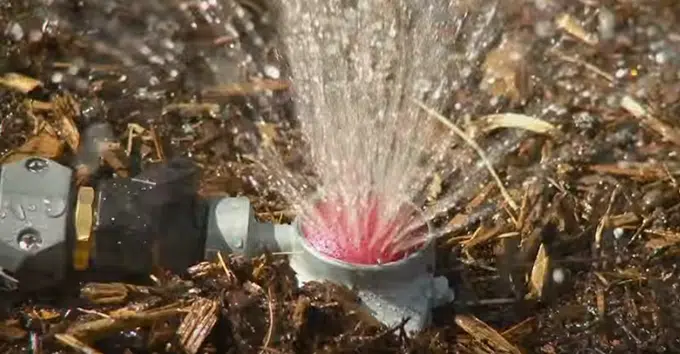
Ron says that once or twice a month, if we haven’t had a truly soaking snowfall, drag a hose with a small sprinkler out to younger trees and shrubs and to all high-value perennials at least once a month when the ground isn’t frozen and the air temperature is 40° or higher. Winter watering at midday usually gives the water time to soak in before it freezes. And don’t be fooled! On average, a foot of snow contains about an inch of water. A storm that drops less than a foot, especially if the snow is Colorado powder, won’t even count.
More mature trees should be watered in a zig-zag pattern underneath the “drip line,” the outermost reach of the branches. Let the sprinkler run for about 20 minutes before moving it farther around the tree. Watering under the drip line is a good approach for mature shrubs, too. For younger shrubs and all perennials, including roses, water closer to the base of the plants.
Pass the pruners, please…
…but maybe not quite yet. Richard says shrubs and perennials store a lot of energy in their branches and stems… energy that can be drawn into their root systems and help fortify the plants over the winter. Once those branches and stems have completely dried down, most plants can be pruned down to five to six inches above the soil if you prefer a tidy look in your landscape. The remaining “stubble” will help snow hold onto any light mulch you’ve placed over the plants once winter is in full swing.
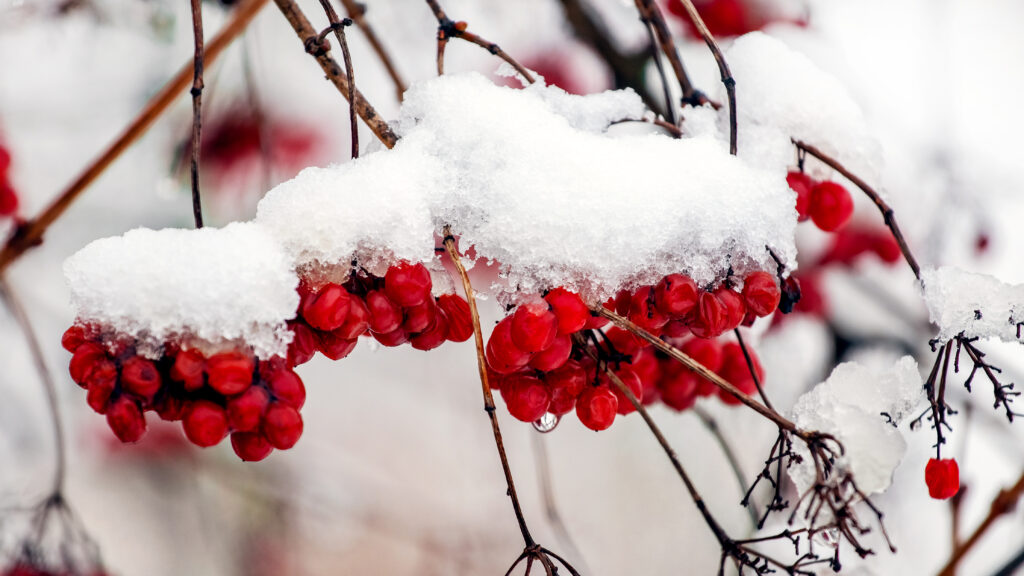
Then again, there are lots of plants like ornamental grasses or shrubs with colorful berries that provide “winter interest,”: Plants that look especially attractive on cold winter days or after a snowfall. As long as snow doesn’t damage those plants, consider leaving them up until late winter.
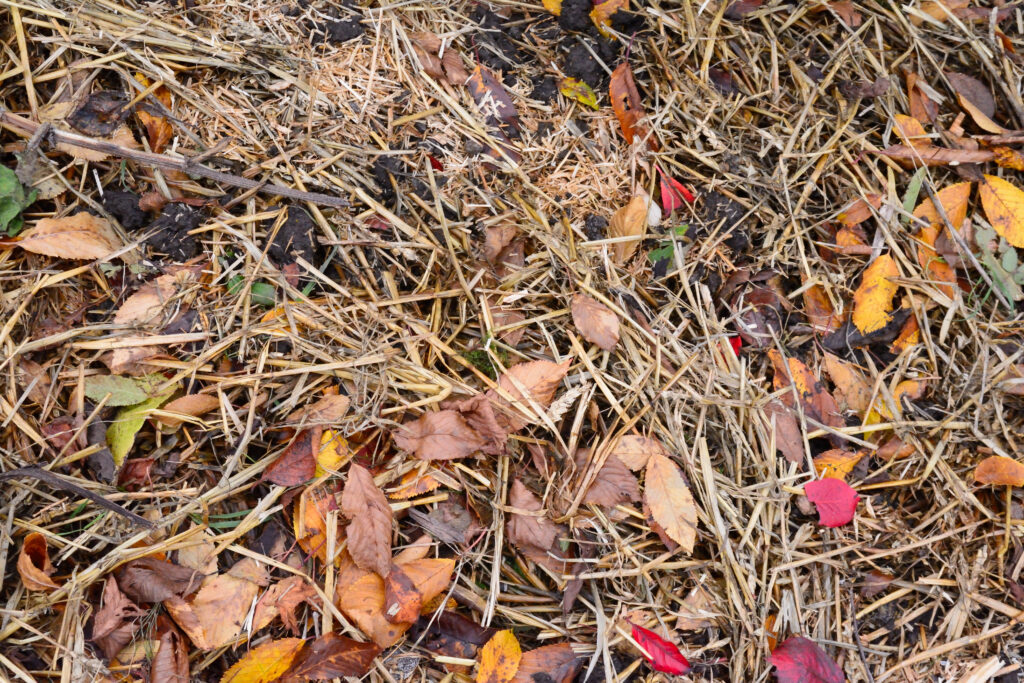
And if you’re a nature lover, leaving a few brush piles here and there can provide shelter for insects and other tiny critters that belong in any healthy garden. As the saying goes, “Mother Nature loves a messy garden.” We don’t want our gardens to look neglected or abandoned over the winter, but a few “messy” corners in your yard are just one way to “green up your fall clean-up.”
Tree Wrap and Rose Collars
Richard says wrapping young trees and collaring grafted roses and young perennials are both quick and easy ways to protect valuable plants over the winter, but neither task should be done until we’ve had some freezing temperatures, in order to help the plants shut down naturally. Those cold temperatures will also ensure that insects aren’t an issue and won’t try to find shelter inside the tree wrap or the collars. Unless especially cold temperatures are predicted, put tree wrap and rose collars “on at Thanksgiving, off at Easter” is an easy way to remember when to apply both.

Start the tree wrap at the base of a tree’s trunk, then circle ’round and ’round up the tree, overlapping like roof shingles until you’ve reached the lowest limb.
At that point, cut the paper wrap and secure it with strong tape applied only to the wrap itself and not to the tree. The paper will shade the south- and southwest-facing sides of young, thin-barked trees, including fruit trees, from sun damage on warm winter days.
Richard says applying collars is the best way to protect roses that have been grafted, when the top growth of a desirable rose has been attached or grafted to an especially strong root system from a different type of rose. That graft point (which ideally should have been planted three inches below the soil line) can be especially cold sensitive.
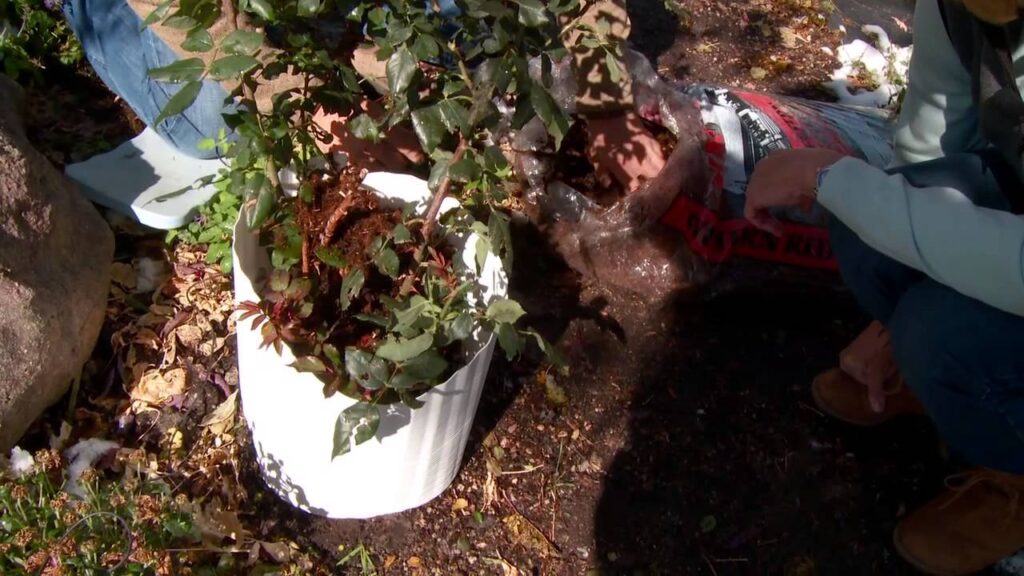
Once the collar is in place around the rose, fill it with lightweight material like small bark chips, dried leaves, or pine needles to help insulate the base of the rose but still let water run through.
Tagawa Gardens has plenty of tree wrap and rose collars to make this job easy. Our Garden Advisors will be happy to help explain their use if you have questions.
Please, oh please! Leave the leaves!
…or at least don’t bag ’em up and set them out like garbage! Dried autumn leaves are a gardening resource, not trash!
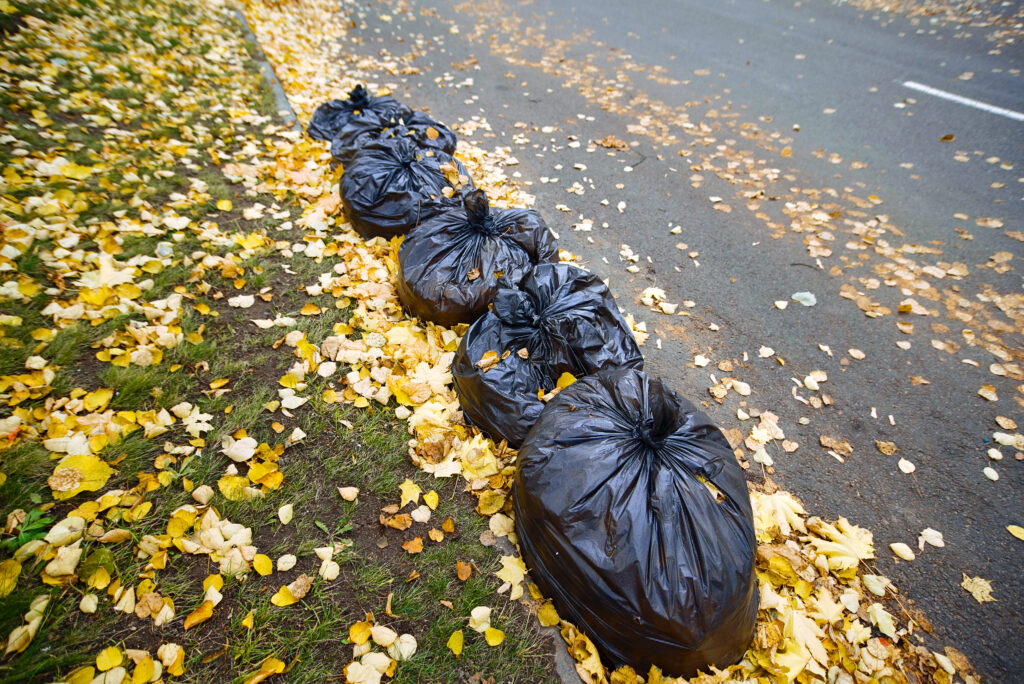
Why send bags of dried leaves to a landfill when they’re loaded with wonderful, beneficial microbes just waiting to give back? Consider mowing the dried leaves on your lawn into tiny bits and leaving them where they fall. They’re full of nutrients and can actually reduce the amount of fertilizer your turf needs.
You can also rake or blow dry leaves back onto garden beds for an extra bit of winter mulch. And of course they’re great in compost piles–yours or a neighbor’s. Many municipalities have leaf-drop locations where bags of dried leaves can be turned into compost to be reclaimed later by home gardeners.
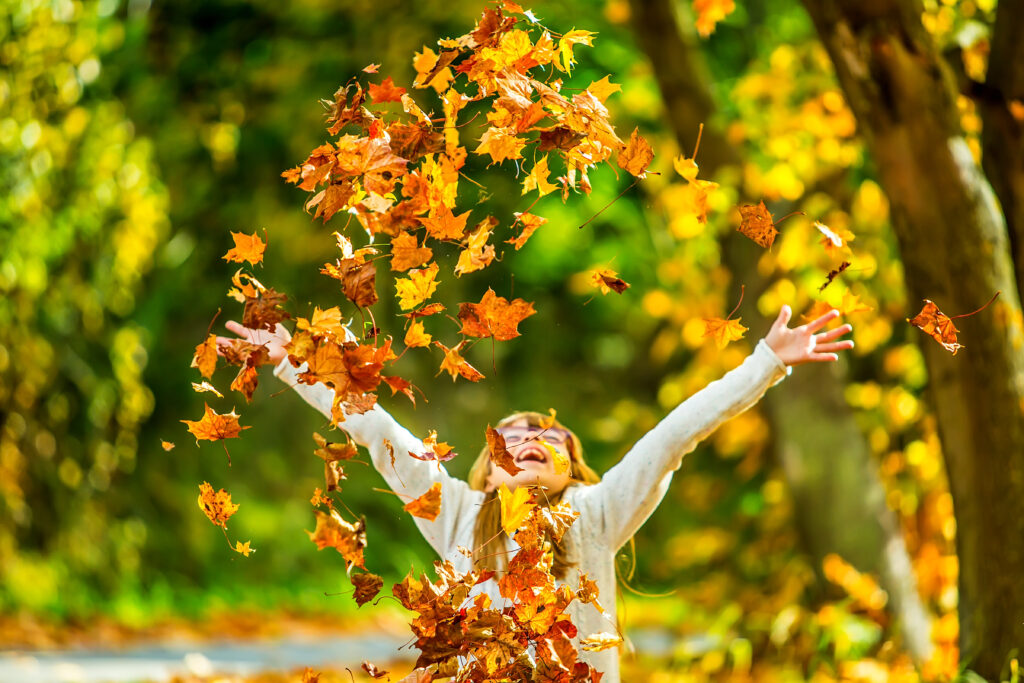
Clean, dried leaves should be celebrated, not shuttled off in trash trucks! Okay, I’ll get off my soapbox now.
Finally, let’s talk tools
Once spring returns, garden chores begin to add up quickly. Ron says this is a great time to give all of your tools a once-over before things get crazy six months from now and you’re ready to be outside!
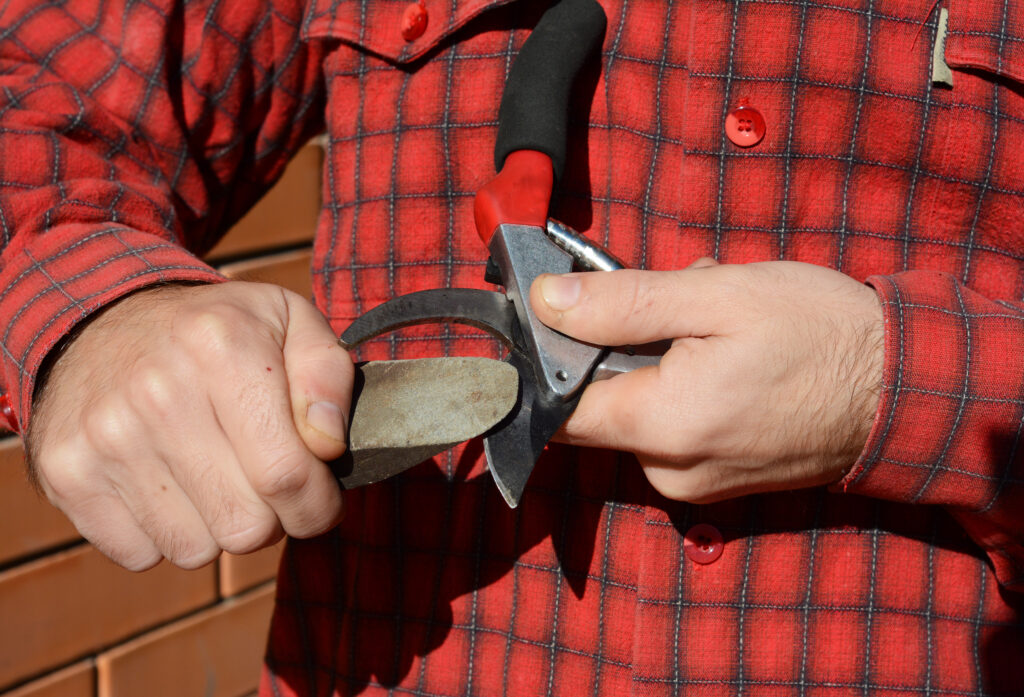
Clean off any dirt or rust on tools of all kinds. Sharpen blades on saws, pruners, and mowers. Maybe there’s a tool that needs to be replaced? Holiday gift lists are coming up, right?
Whatever you can do to pay it forward and be primed and ready for your next gardening season will be time well spent! And Tagawa Gardens will be here to help out and cheer you on!
